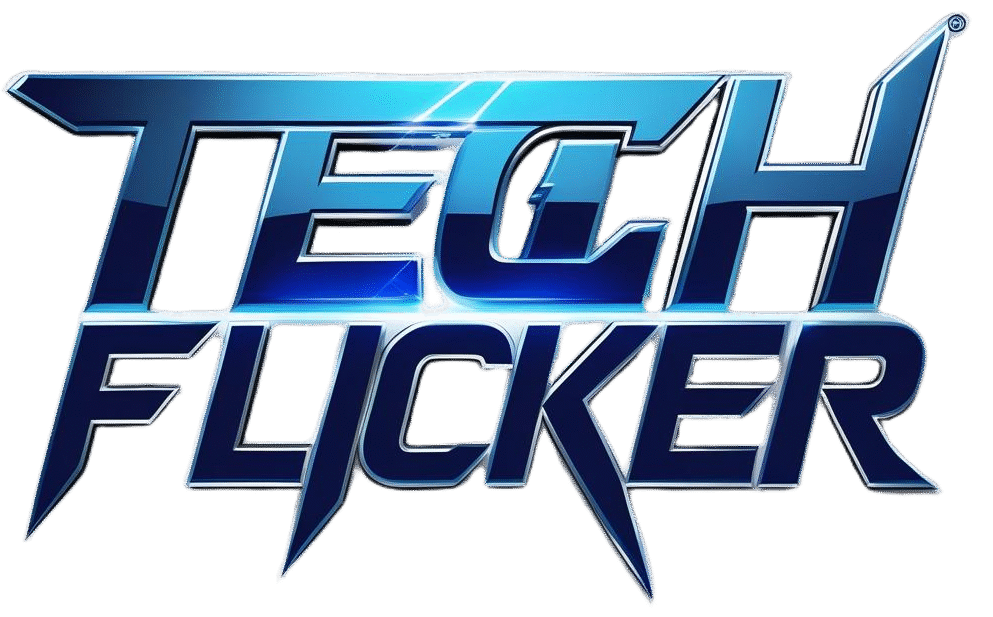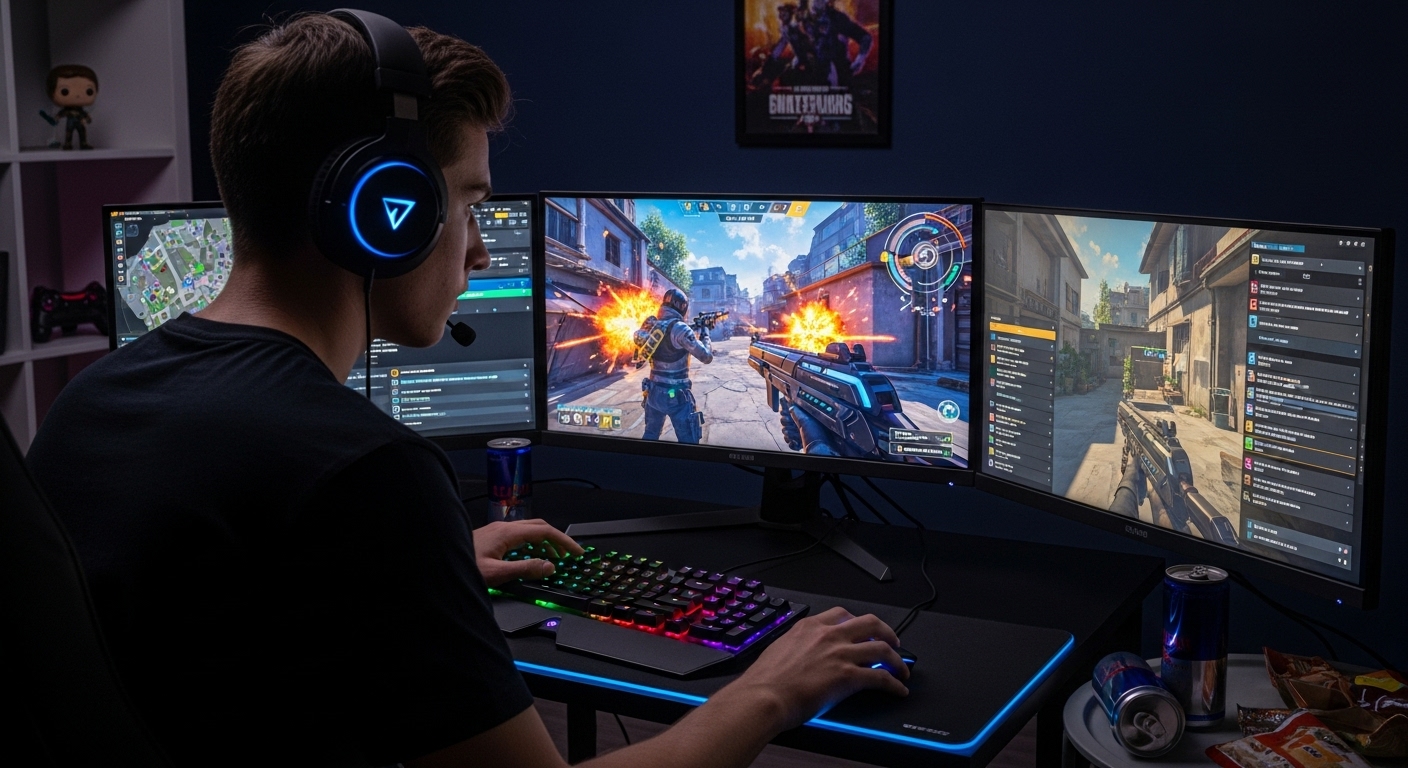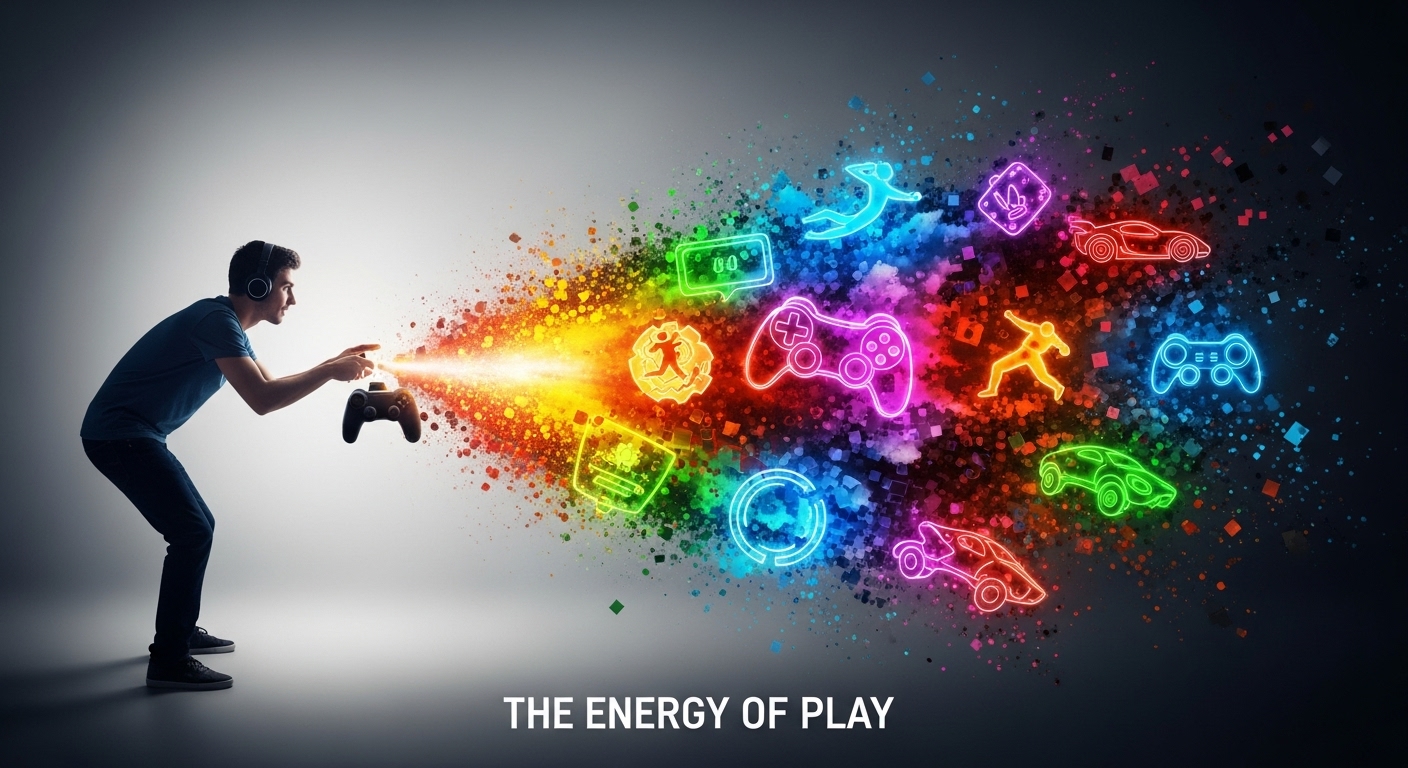Gaming has evolved from a niche hobby to a multi-billion-dollar global industry. What was once a pastime for tech enthusiasts and die-hard fans has transformed into a cultural phenomenon, embraced by people of all ages and backgrounds. Today, the gaming world is more dynamic than ever, with innovative technologies shaping the way we play, interact, and experience digital worlds. In this blog, we will explore how modern technology is redefining gaming, from the rise of immersive experiences to the social connectivity that brings players together.
The Evolution of Graphics: From Pixels to Photorealism
The visual evolution of gaming has been nothing short of extraordinary. Early video games like Pong and Space Invaders were characterized by blocky pixels and simple graphics. However, over the years, technological advancements have dramatically improved the quality of in-game visuals, enabling games to achieve photorealistic graphics that rival movies.
The introduction of 3D graphics in the 1990s was a watershed moment for gaming. Titles like Super Mario 64 and The Legend of Zelda: Ocarina of Time brought players into expansive, three-dimensional worlds. As hardware continued to improve, so did the level of detail in these virtual environments, from highly detailed character models to sprawling landscapes that felt alive and interactive.
Today, the capabilities of consoles and PCs allow for breathtaking visual fidelity. Games like The Last of Us Part II and Cyberpunk 2077 feature photorealistic characters and environments, complete with dynamic lighting, lifelike textures, and complex animation systems. This leap in graphical power has brought new layers of immersion, drawing players into rich, visually stunning worlds.
The Rise of Virtual Reality: A New Dimension in Gaming
Virtual Reality (VR) has opened up entirely new dimensions in gaming, enabling players to step inside digital worlds in a way that was once only dreamed about. By wearing a headset and using motion controllers, VR offers a fully immersive experience that traditional gaming can’t match. The feeling of being physically present in a game’s universe has changed the way people experience everything from exploration to combat.
Games like Beat Saber and Half-Life: Alyx have shown how VR can offer fresh and unique gameplay experiences. Players are no longer limited to a screen; they can look around, physically move, and interact with the environment in ways that bring the game to life. VR also allows developers to experiment with innovative gameplay mechanics that take advantage of the player’s real-world movements, such as gesture-based controls and 360-degree exploration.
Despite being relatively new, VR is expected to become more mainstream in the coming years as technology advances and costs decrease. As VR headsets become lighter, more affordable, and more comfortable, we can expect to see more titles utilizing this technology to create even more immersive gaming experiences.
Cloud Gaming: The Future of Access and Convenience
Cloud gaming is another technological leap that is transforming the gaming landscape. Platforms like Google Stadia, Xbox Cloud Gaming, and NVIDIA GeForce Now allow players to stream games directly from the cloud, removing the need for expensive hardware like gaming consoles or high-performance PCs. All that’s required is a stable internet connection and a compatible device, whether it’s a smartphone, tablet, or smart TV.
The benefit of cloud gaming is that it democratizes access to high-quality gaming experiences. Players can enjoy the latest AAA titles without needing to upgrade their hardware, which can be cost-prohibitive for many. Moreover, cloud gaming makes it possible to play on the go—whether you’re on a commute or traveling, you can continue your game anywhere with an internet connection.
However, cloud gaming still faces challenges, particularly in regions with slower internet speeds. Latency, or the delay between the player’s action and the game’s response, can be a problem for games that require fast reactions, like competitive shooters. That said, as internet infrastructure improves globally and cloud services continue to optimize their technology, cloud gaming has the potential to revolutionize how and where we game.
The Growth of Esports: Gaming as a Competitive Sport
Esports has quickly become a dominant force in the gaming world. Competitive gaming, where players or teams compete in tournaments for cash prizes and fame, has evolved into a professional industry, drawing millions of viewers worldwide. Games like League of Legends, Dota 2, and Fortnite have become esports staples, with massive prize pools and professional leagues forming around them.
Esports events are now broadcast live, with tournaments taking place in arenas and online platforms such as Twitch and YouTube Gaming. The viewership of these events rivals traditional sports, and the rise of esports has even led to partnerships with major brands, sponsorships, and broadcasting deals. Esports athletes now train rigorously, with many of them dedicating their lives to mastering their chosen game and competing at the highest level.
This growth has also led to the development of esports scholarships, university programs, and professional gaming teams. Many universities now offer scholarships for talented players, providing a pathway for those with exceptional gaming skills to pursue careers in esports. As the industry continues to grow, we can expect even more investment and development in the competitive gaming sector.
Social Gaming: Connecting Players Across the Globe
One of the most significant changes in modern gaming is the rise of social play. Online multiplayer games, such as Fortnite, Among Us, and Minecraft, allow players to connect with friends and strangers from across the globe in real-time. Social gaming has become a key feature, where playing a game is as much about interacting with other people as it is about completing objectives.
The rise of voice chat, in-game messaging, and social media integration has helped foster vibrant online communities. Players can now form teams, compete together, and even build lasting friendships through gaming. With features like cross-platform play, where players on different consoles or devices can play together, the boundaries between gaming communities are rapidly dissolving.
In addition to multiplayer experiences, streaming platforms like Twitch and YouTube Gaming have created new avenues for social interaction. Gamers can broadcast their gameplay to an audience, interact with fans through live chat, and even monetize their content. The social side of gaming has become an integral part of the experience, creating a sense of community that extends beyond the game itself.
The Future of Gaming: AI and Personalized Experiences
Looking ahead, the future of gaming promises even more exciting innovations, with artificial intelligence (AI) at the forefront. AI has already started making its mark on the gaming industry, particularly in the development of non-playable characters (NPCs). AI-controlled NPCs are becoming more sophisticated, responding to player actions with greater intelligence and nuance.
As AI continues to evolve, we can expect more personalized and dynamic gameplay experiences. Imagine a game that adapts to your skill level, playstyle, and choices, offering a unique experience every time you play. AI could be used to create entirely new worlds, where the story unfolds based on your decisions and actions, making each player’s journey one-of-a-kind.
AI might also be integrated into the development process itself, allowing developers to generate complex game environments and storylines more efficiently. This could lead to even larger, more detailed worlds, and richer narratives, pushing the boundaries of what games can offer.
Conclusion: Gaming in the 21st Century
Gaming in the modern age is a far cry from its humble beginnings. With groundbreaking technologies like VR, cloud gaming, and AI transforming the way we play, the future of gaming looks incredibly exciting. As the industry continues to innovate, we can expect even more immersive, accessible, and social experiences that will continue to shape culture, entertainment, and how we connect with one another.
Whether you’re a casual gamer or a dedicated esports competitor, one thing is clear: gaming is here to stay. The next few years are bound to bring even more thrilling advancements, and as technology evolves, so too will the worlds we explore and the experiences we share in the ever-expanding universe of gaming.



